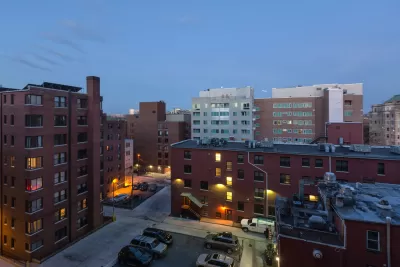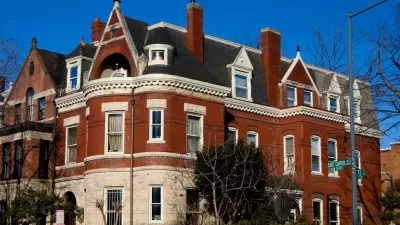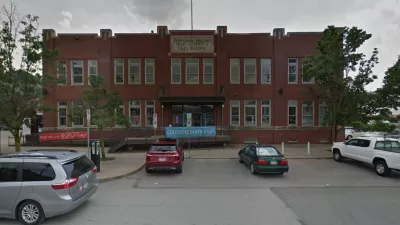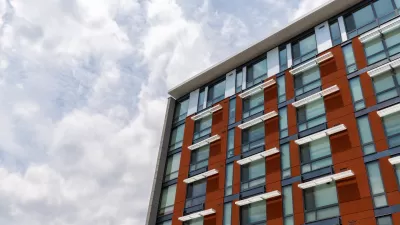Faced with commercial vacancies around 11 percent and the prospect of new office supply coming online soon, D.C. stakeholders are pushing for a bill that would provide incentives for conversions of office buildings into residential units.

Adaptive reuse—converting commercial buildings into residential uses—has spurred investment and the rebirth of downtown neighborhoods in cities like Los Angeles, Baltimore, and New York City. If new legislation under consideration by the Washington D.C. District Council is approved, the nation's capital could see a wave of conversions as well.
"To encourage conversions in the nation’s capital, where the office vacancy rate is around 11.4 percent, the district’s Council members are considering legislation to provide a tax abatement of up to $20 per square feet for 10 years, capped at $5 million a year," reports Eugene L. Meyer. The legislation has support from the DowntownDC and Golden Triangle business improvement districts.
The DowntownDC Business Improvement District released the "Downtown 2027: Vision for the Future" [pdf] report recently, which included an estimate that "new market-rate residences would be worth $600 a square foot, compared with empty office space valued at $450 a square foot." That additional value would more than pay for the cost of the tax abatements to jump start the conversions.
According to Meyer, the legislation isn't a sure thing. Mayor Muriel E. Bowser has expressed some reservations, namely questions about whether the conversations could generate revenue for affordable housing, and how much.
One curious anecdote from the article reporting on the pending legislation must also be noted. Meyer quotes Jack Evans, a Democratic member of the Council and the bill’s sponsor, in the article using the term "Manhattanizing" as a positive. That might be a first.
FULL STORY: A Push to Make Washington’s Downtown More Livable

Planetizen Federal Action Tracker
A weekly monitor of how Trump’s orders and actions are impacting planners and planning in America.

Congressman Proposes Bill to Rename DC Metro “Trump Train”
The Make Autorail Great Again Act would withhold federal funding to the system until the Washington Metropolitan Area Transit Authority (WMATA), rebrands as the Washington Metropolitan Authority for Greater Access (WMAGA).

DARTSpace Platform Streamlines Dallas TOD Application Process
The Dallas transit agency hopes a shorter permitting timeline will boost transit-oriented development around rail stations.

Renters Now Outnumber Homeowners in Over 200 US Suburbs
High housing costs in city centers and the new-found flexibility offered by remote work are pushing more renters to suburban areas.

The Tiny, Adorable $7,000 Car Turning Japan Onto EVs
The single seat Mibot charges from a regular plug as quickly as an iPad, and is about half the price of an average EV.

Supreme Court Ruling in Pipeline Case Guts Federal Environmental Law
The decision limits the scope of a federal law that mandates extensive environmental impact reviews of energy, infrastructure, and transportation projects.
Urban Design for Planners 1: Software Tools
This six-course series explores essential urban design concepts using open source software and equips planners with the tools they need to participate fully in the urban design process.
Planning for Universal Design
Learn the tools for implementing Universal Design in planning regulations.
Municipality of Princeton
Roanoke Valley-Alleghany Regional Commission
City of Mt Shasta
City of Camden Redevelopment Agency
City of Astoria
Transportation Research & Education Center (TREC) at Portland State University
US High Speed Rail Association
City of Camden Redevelopment Agency
Municipality of Princeton (NJ)





























